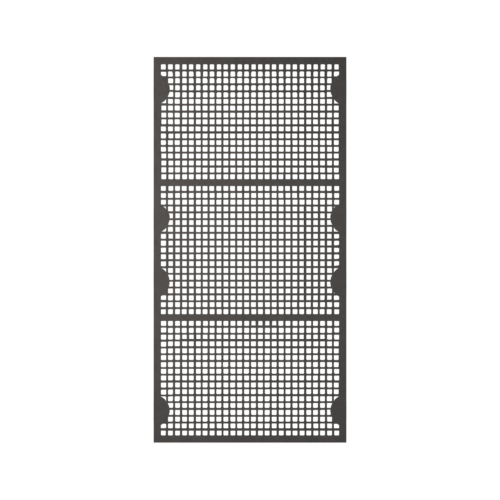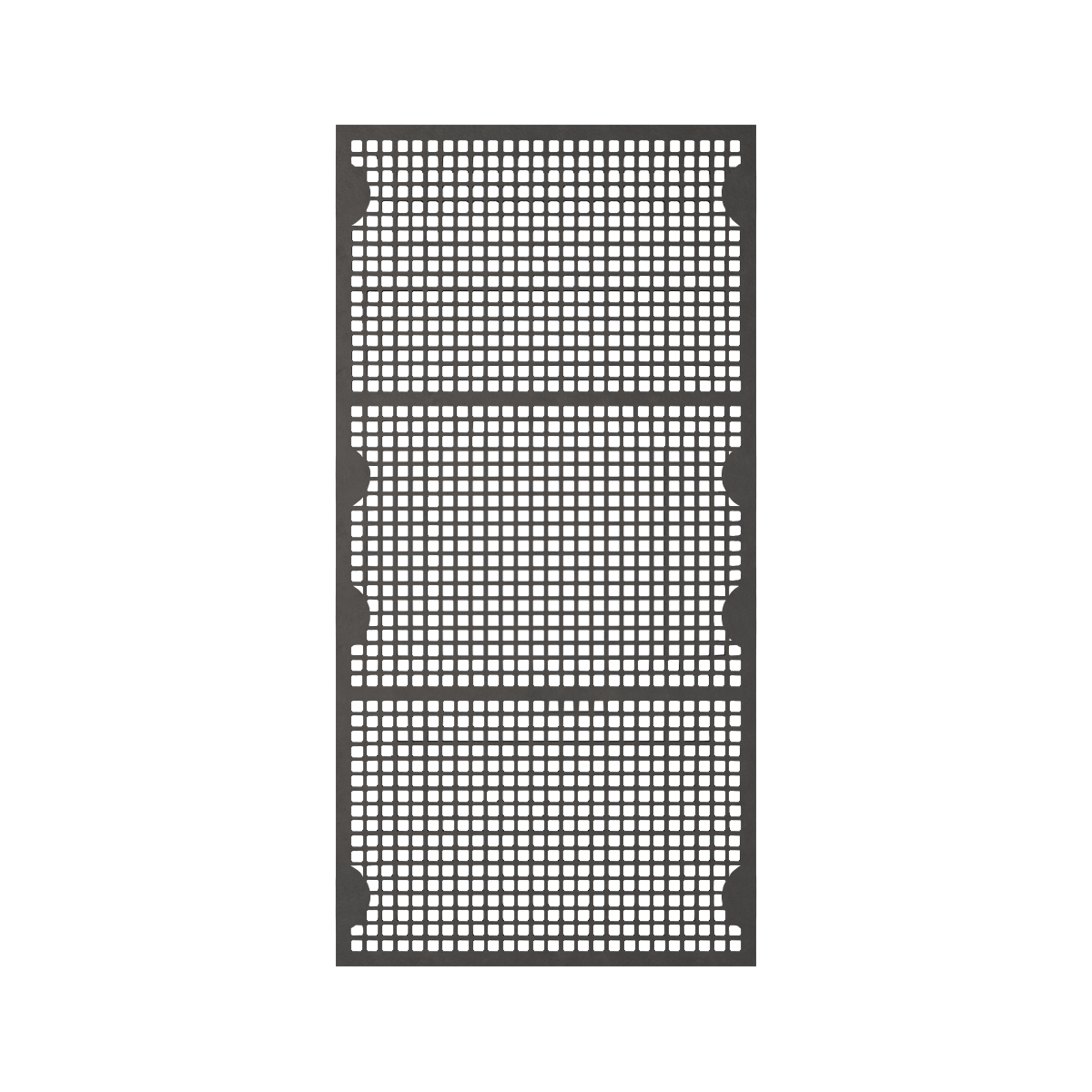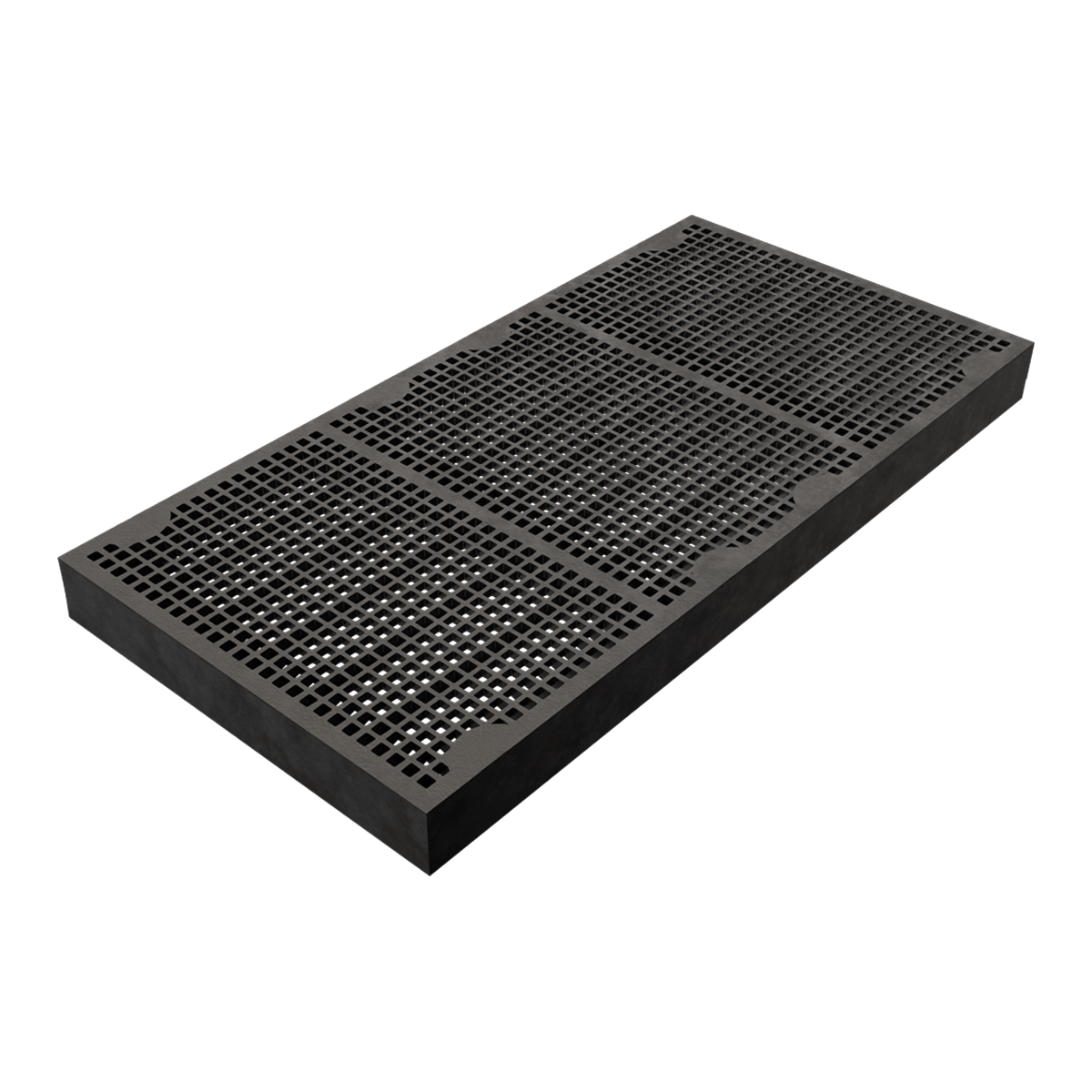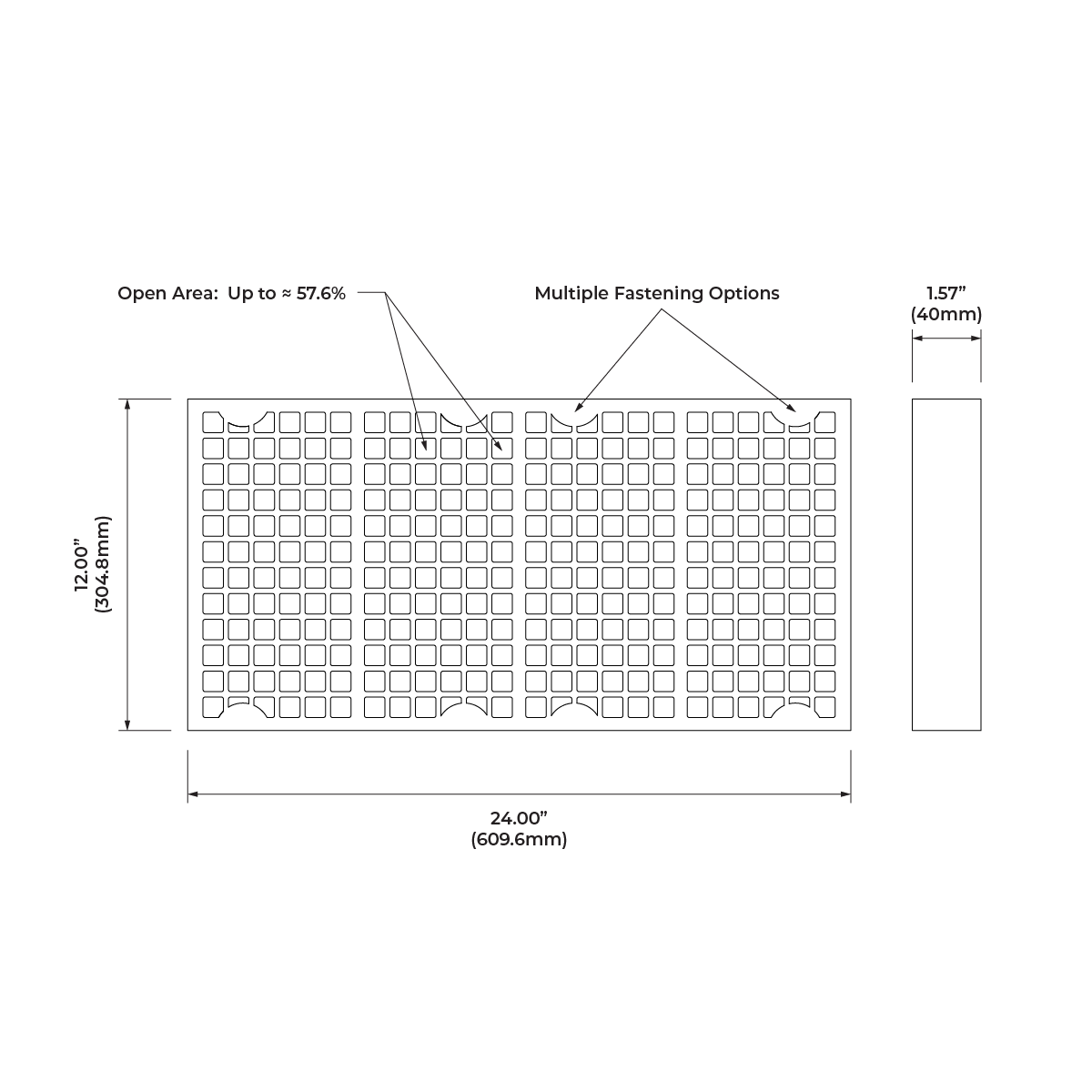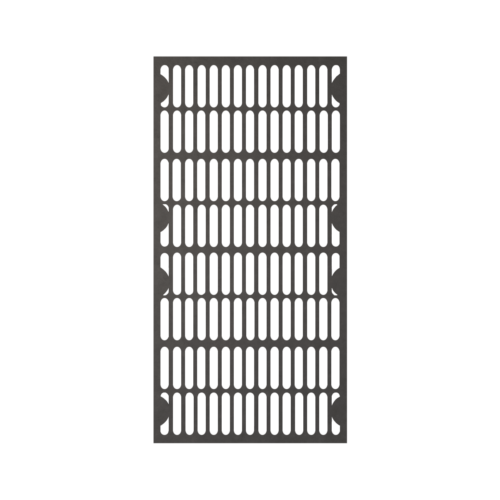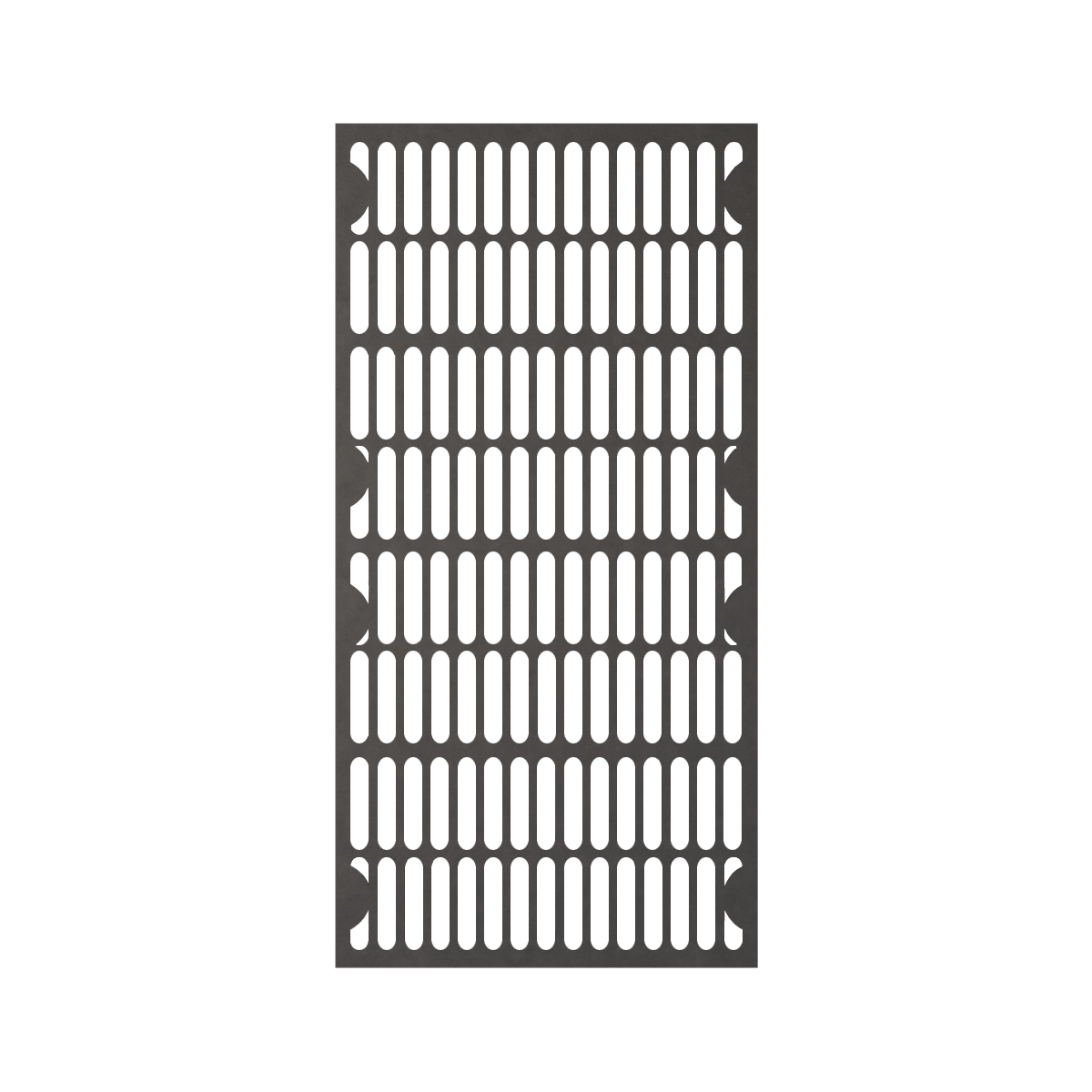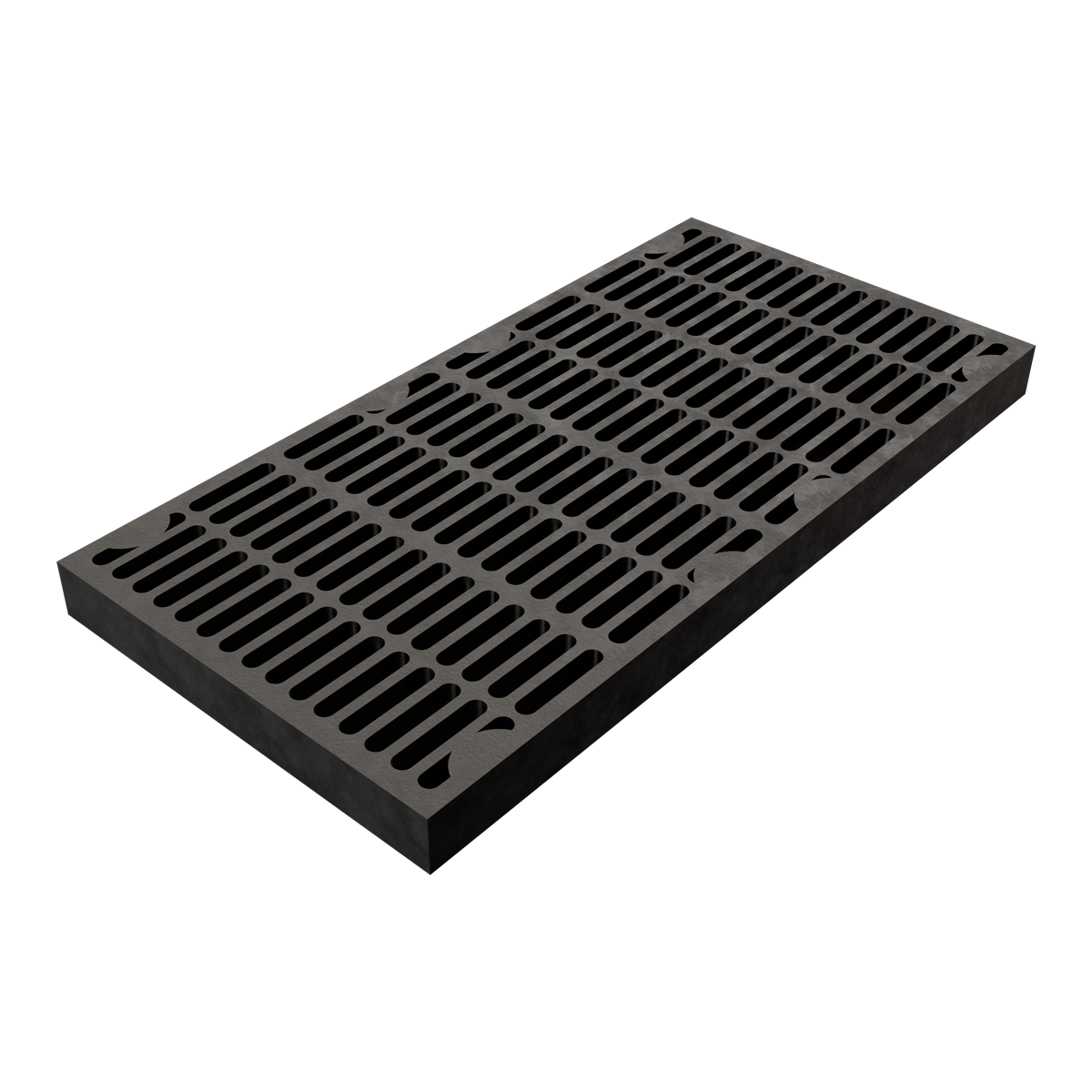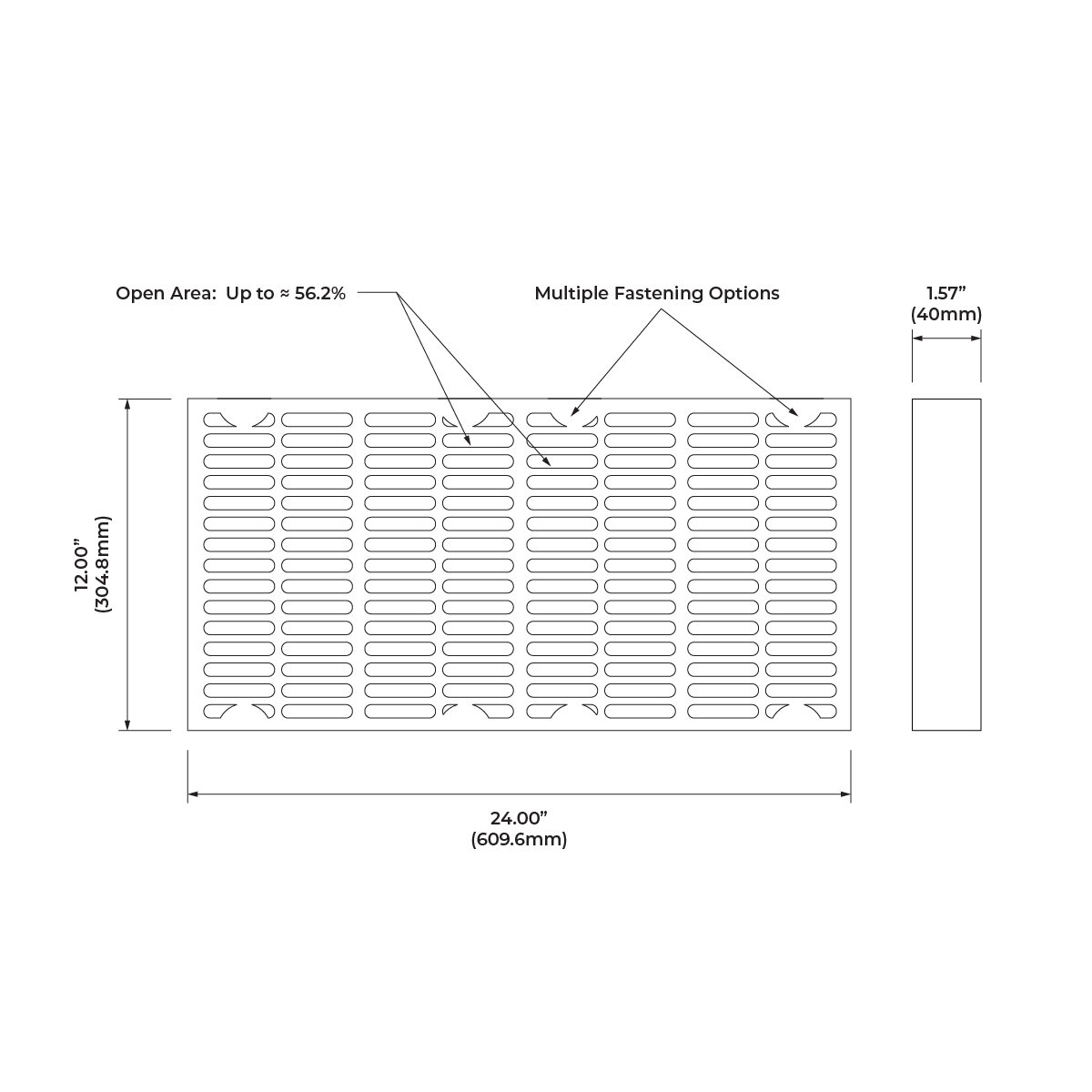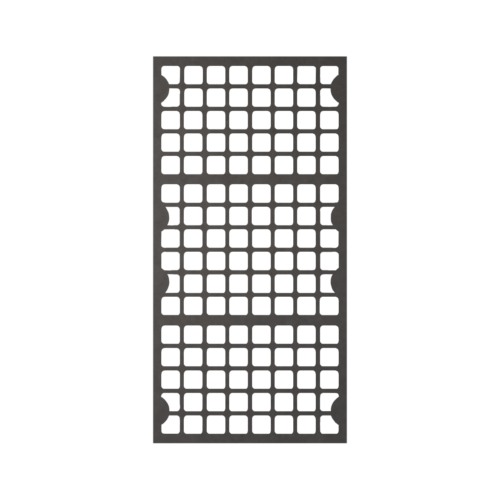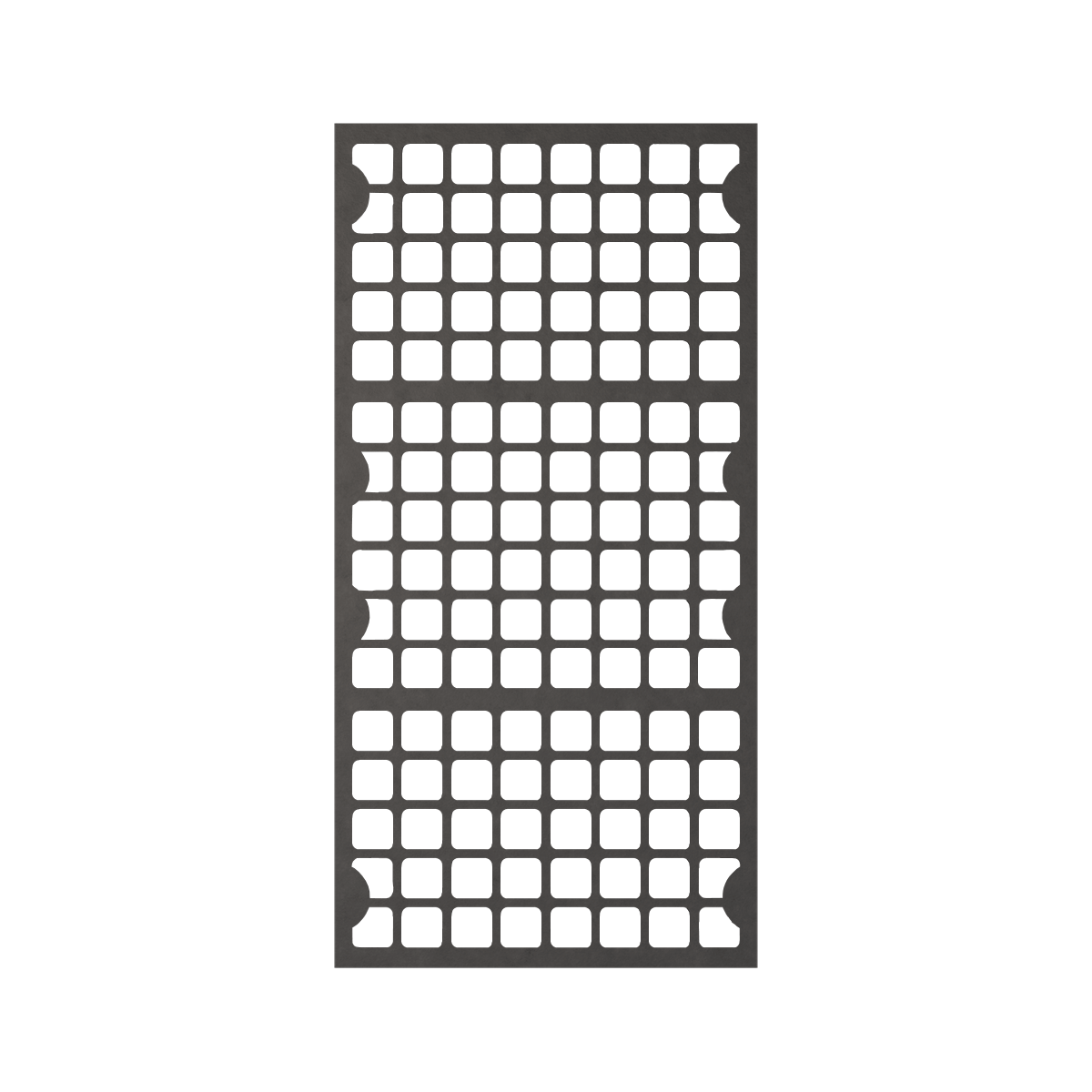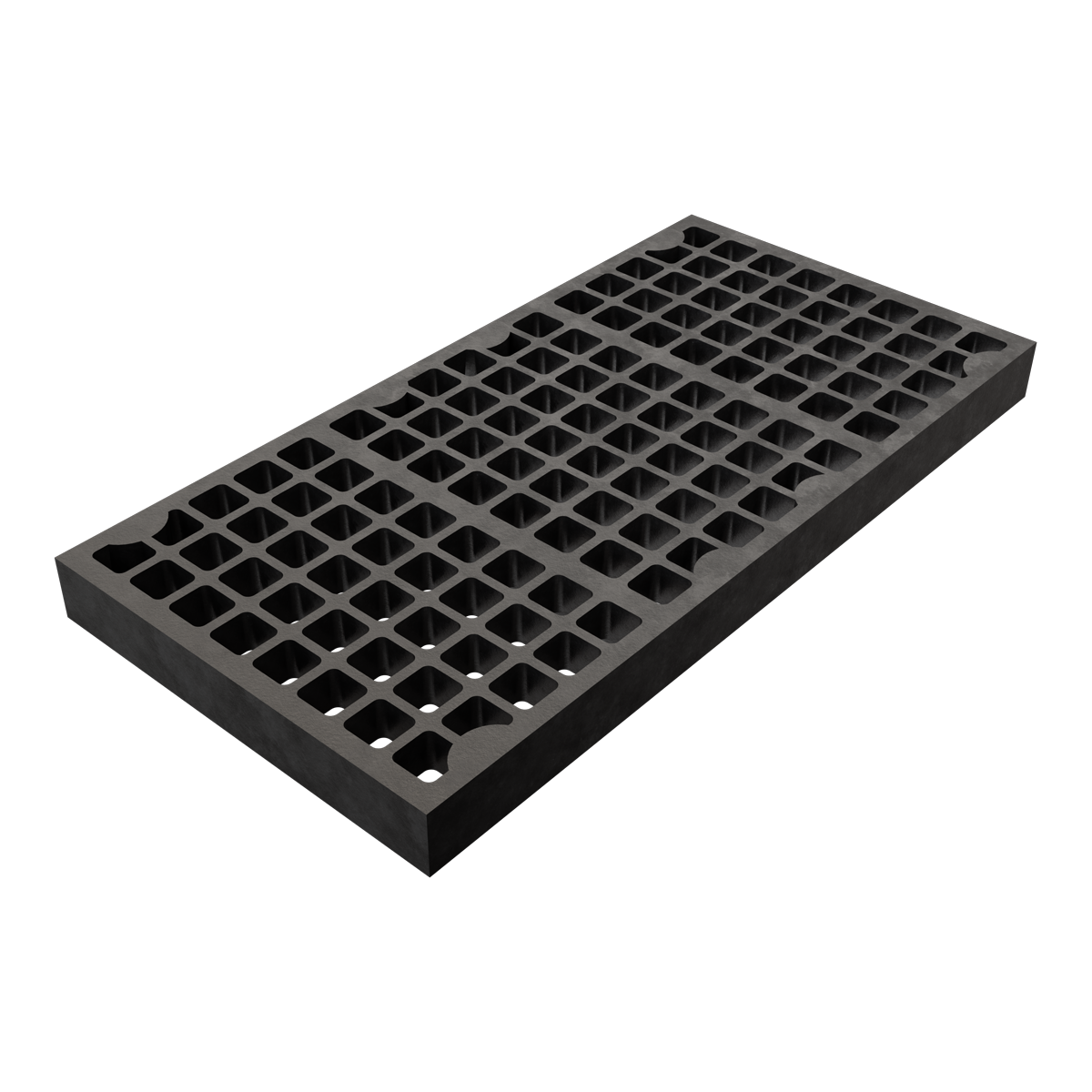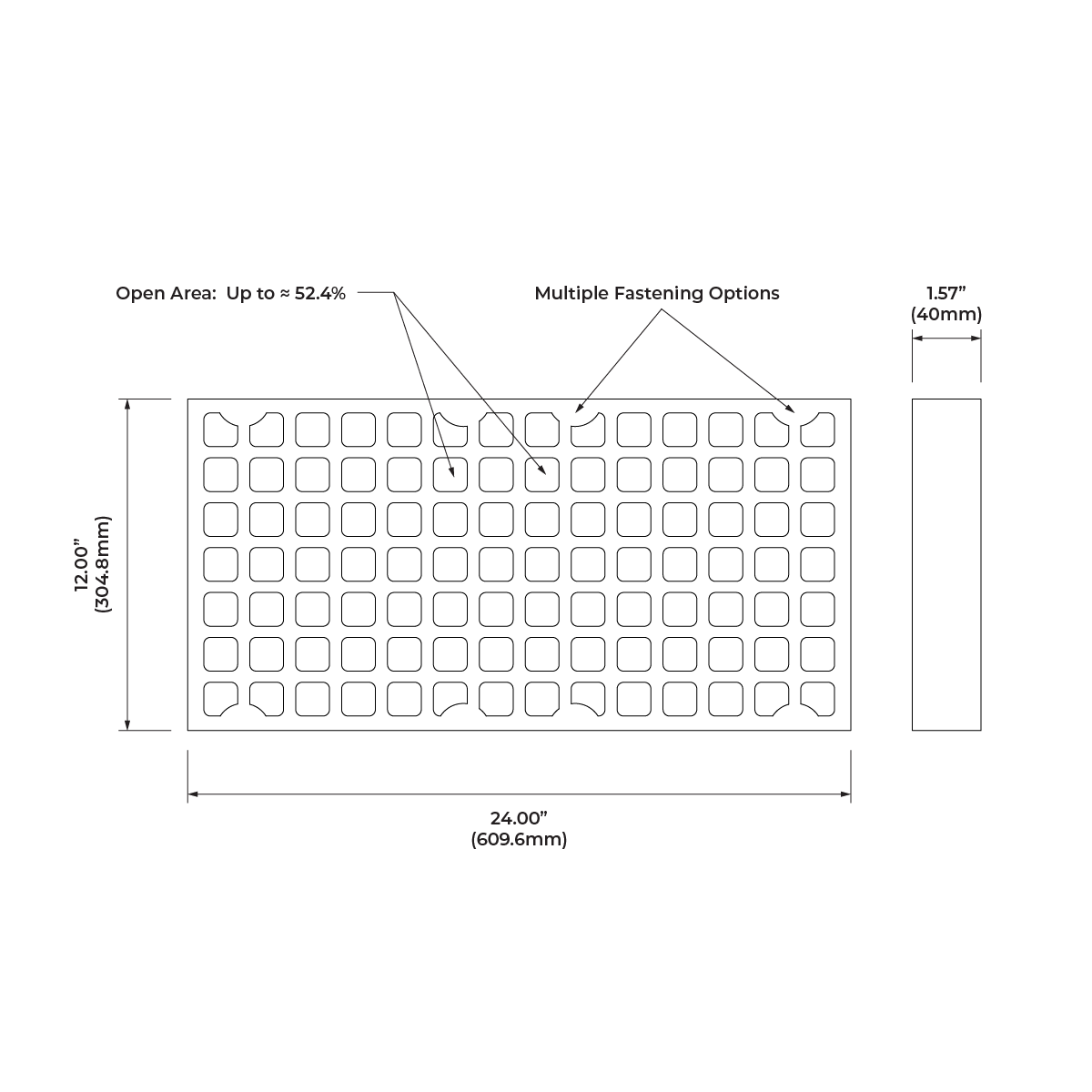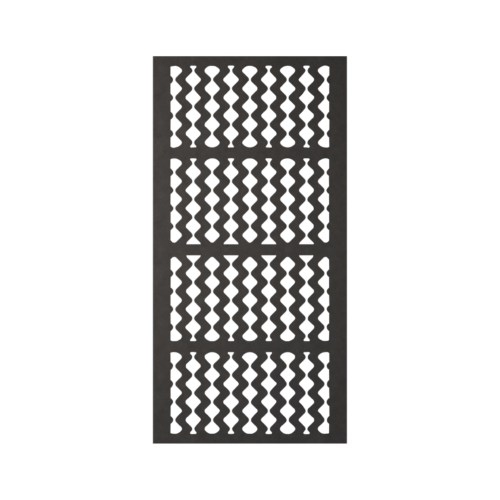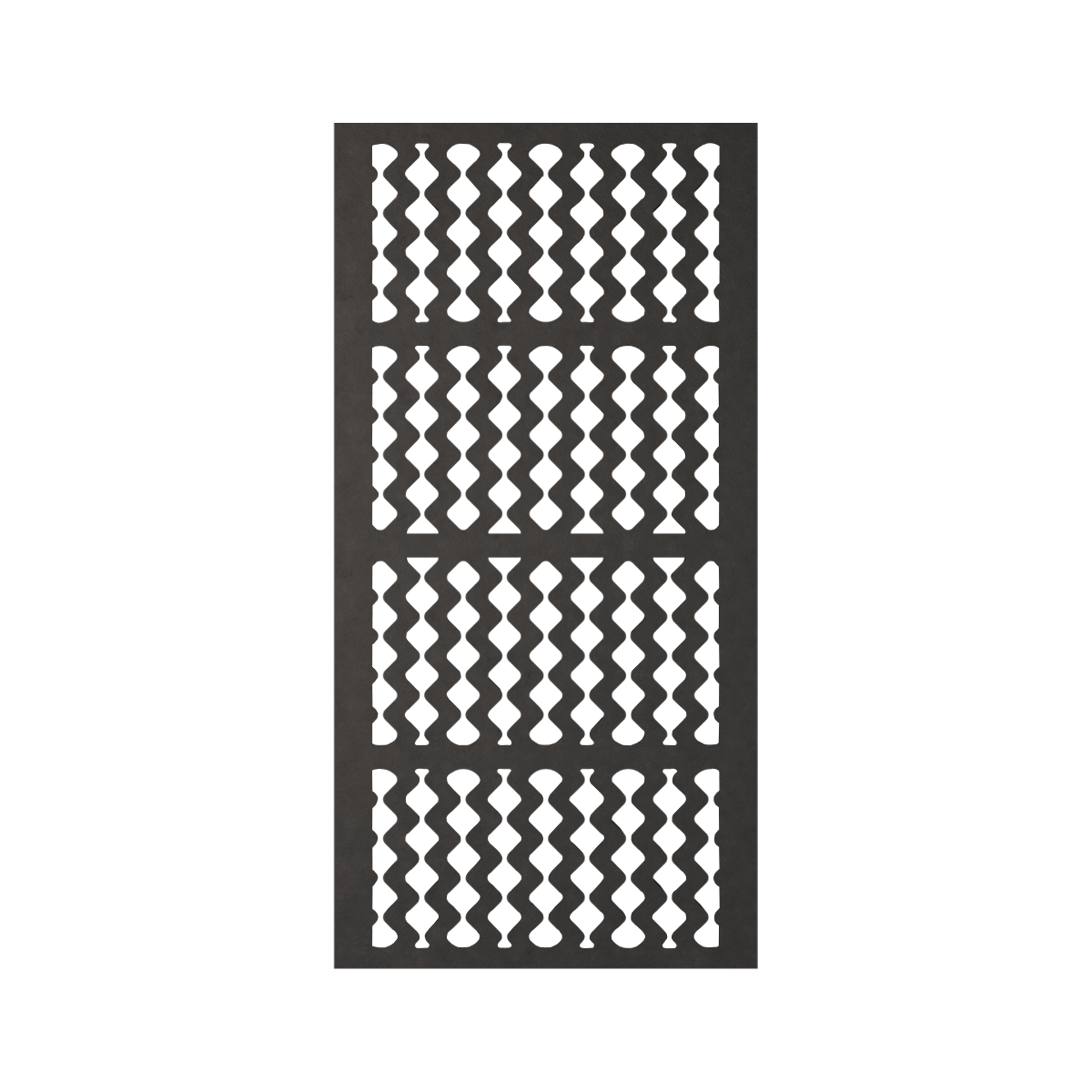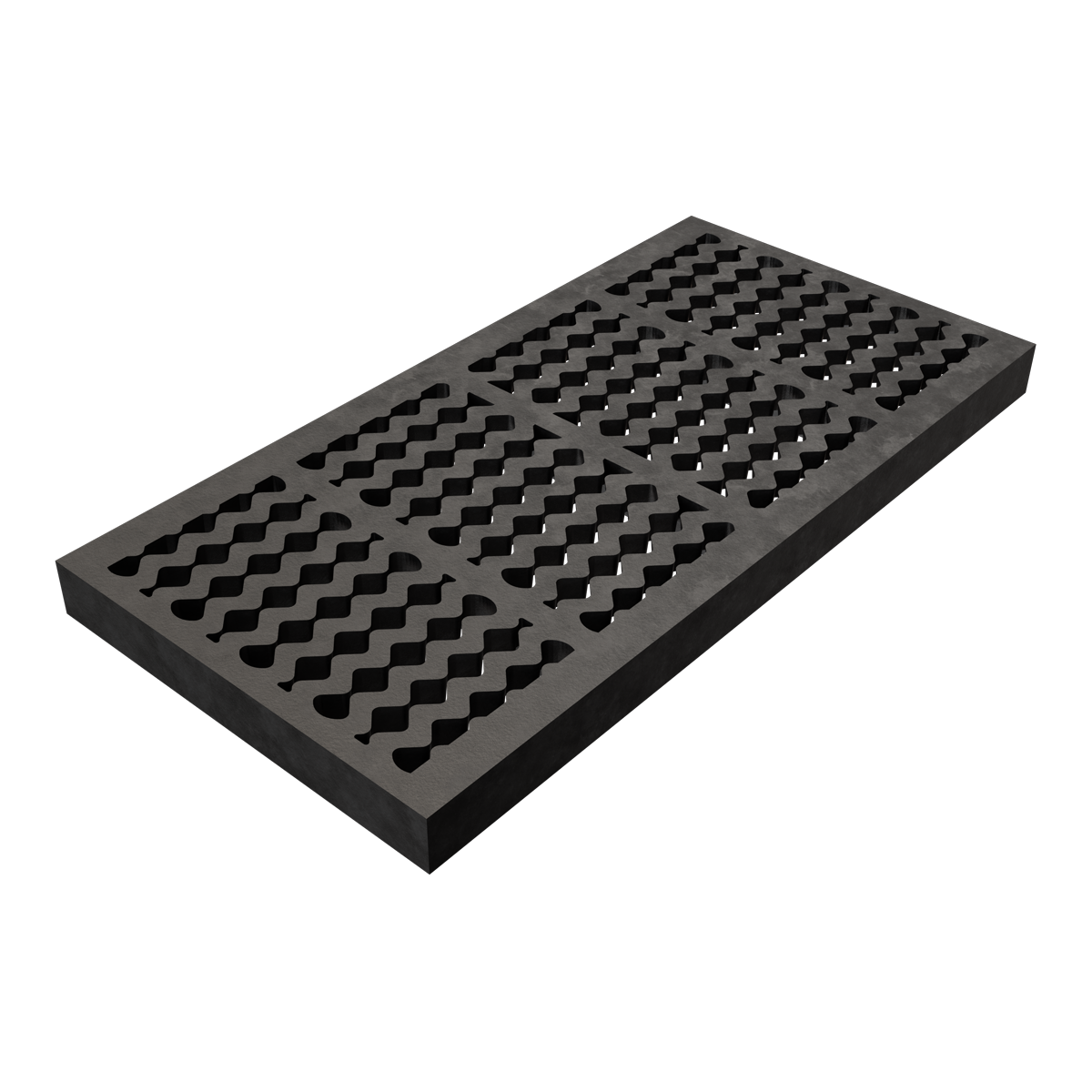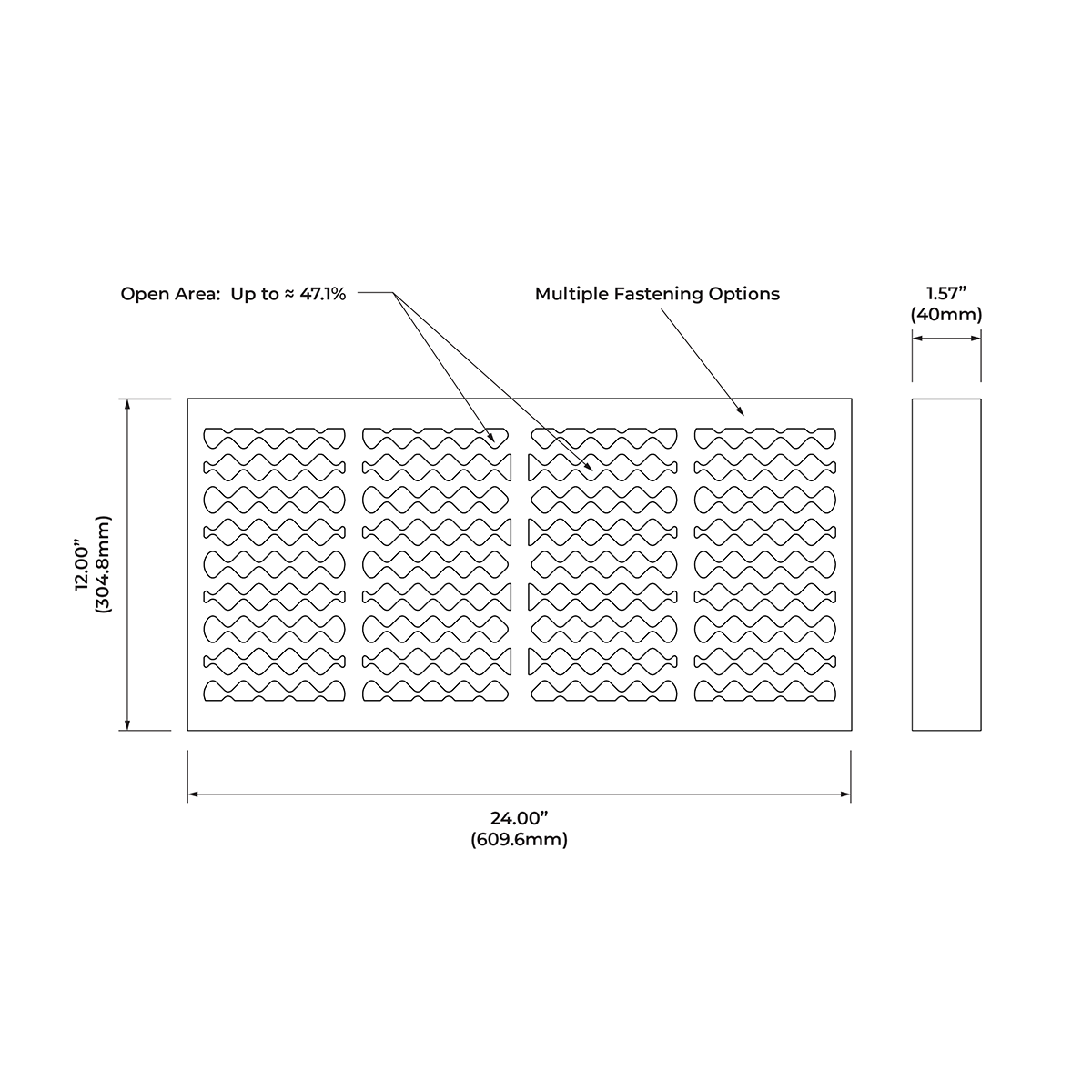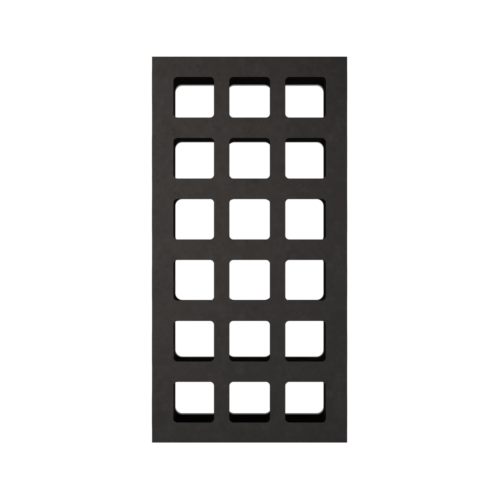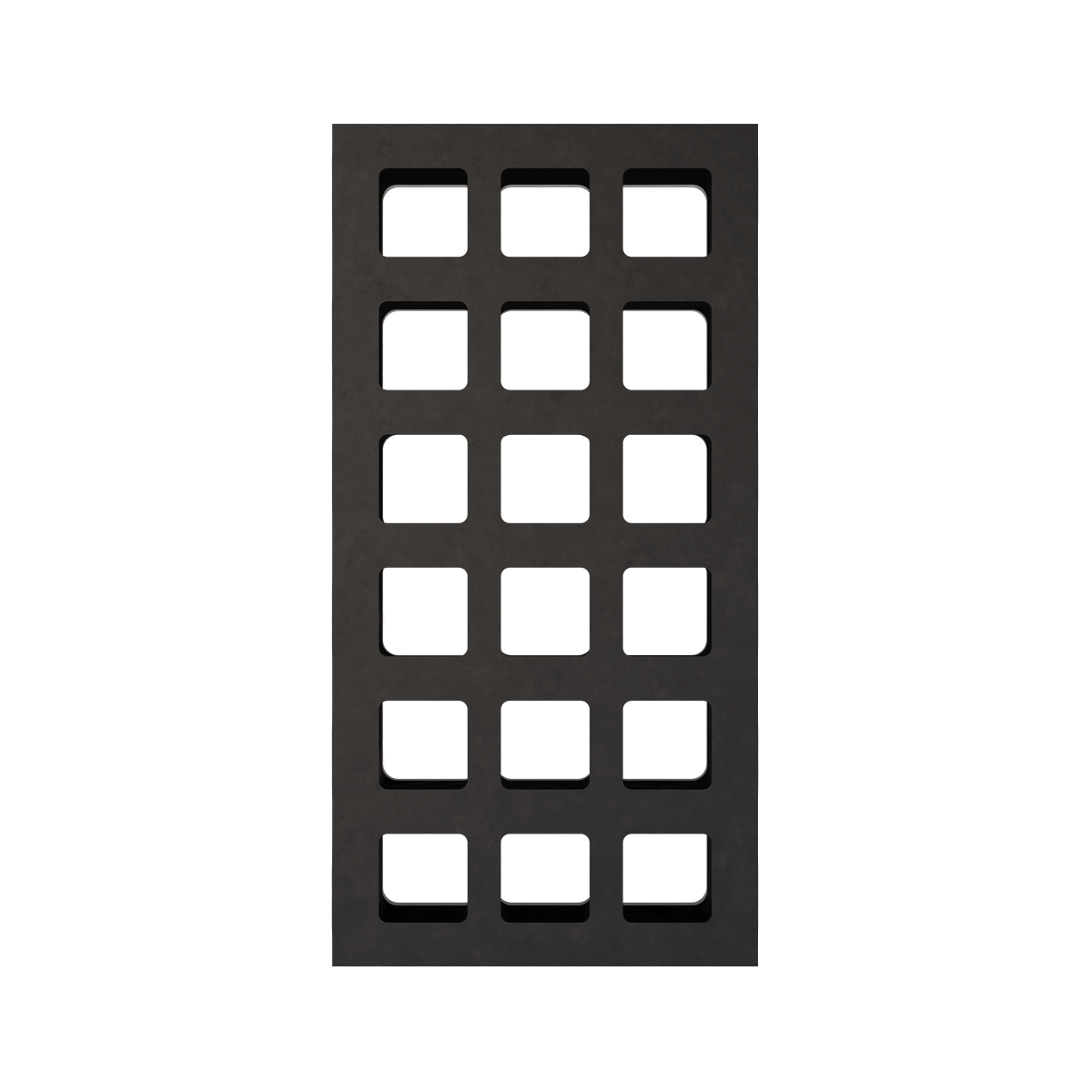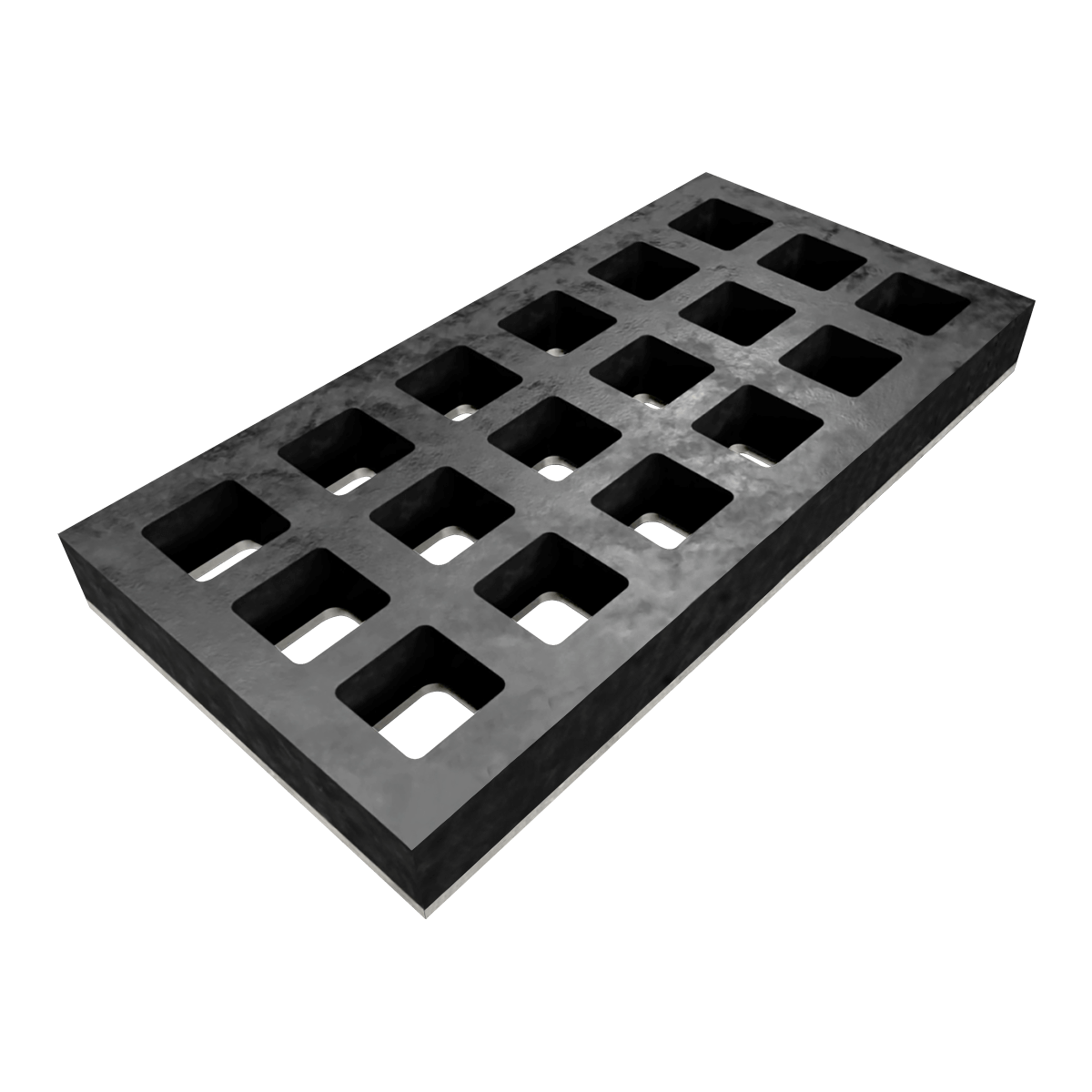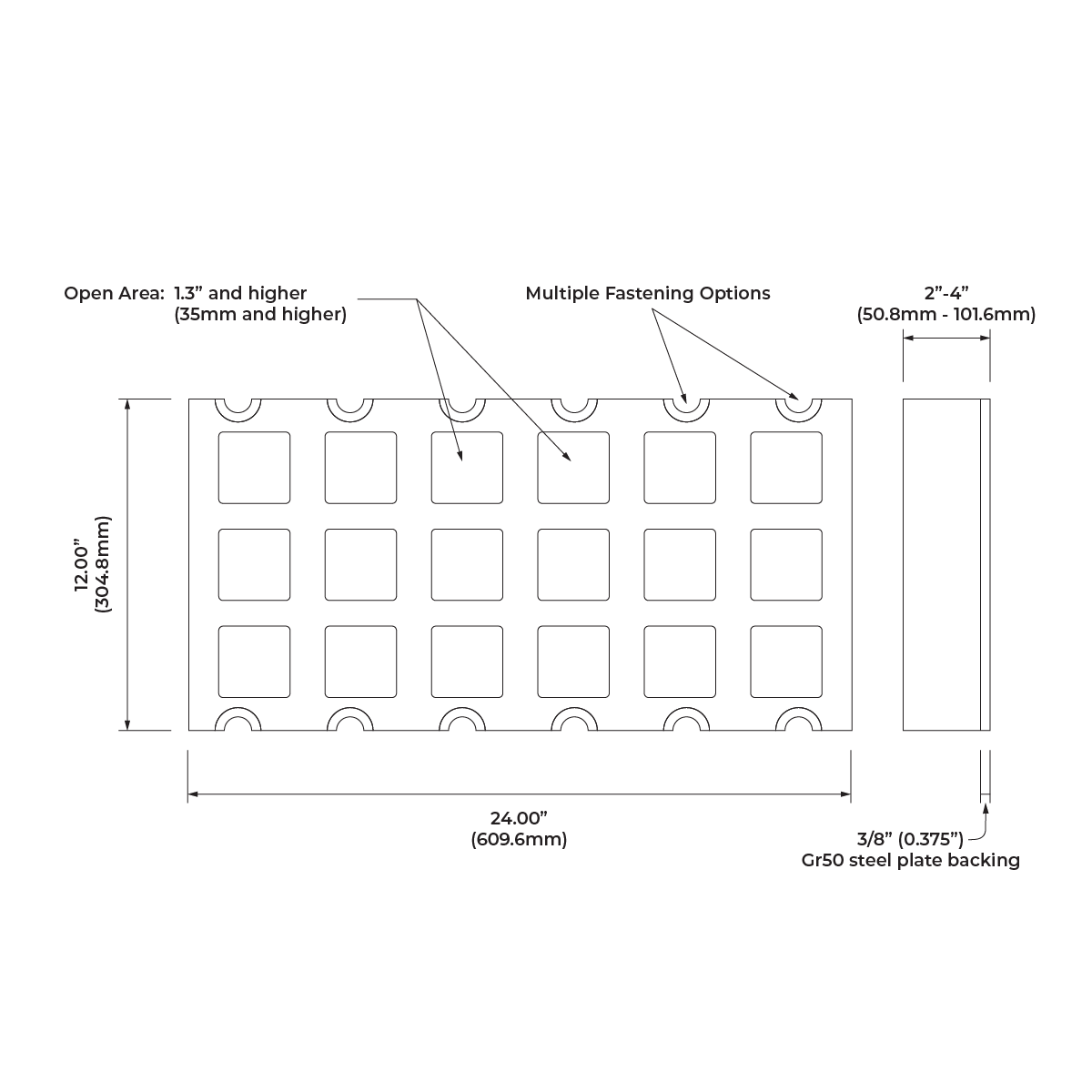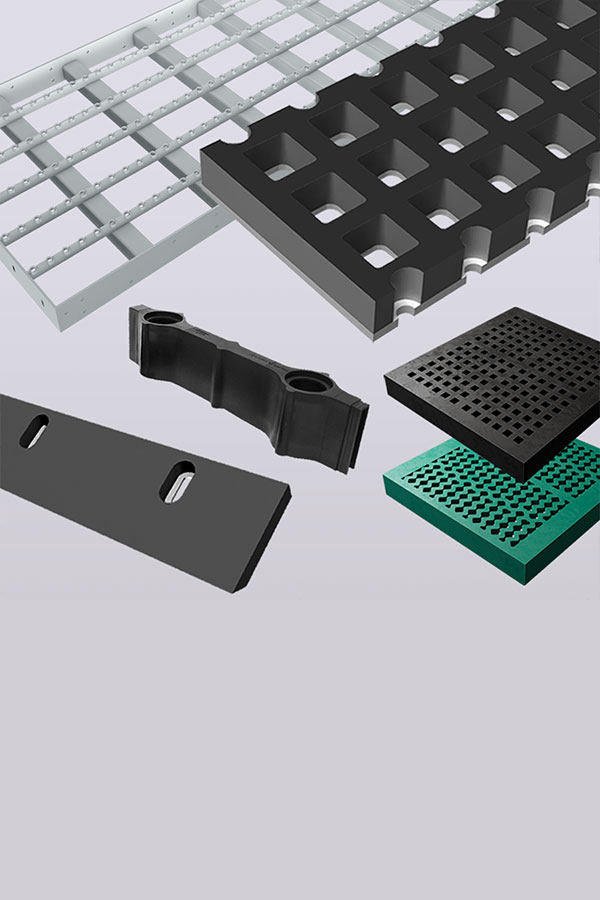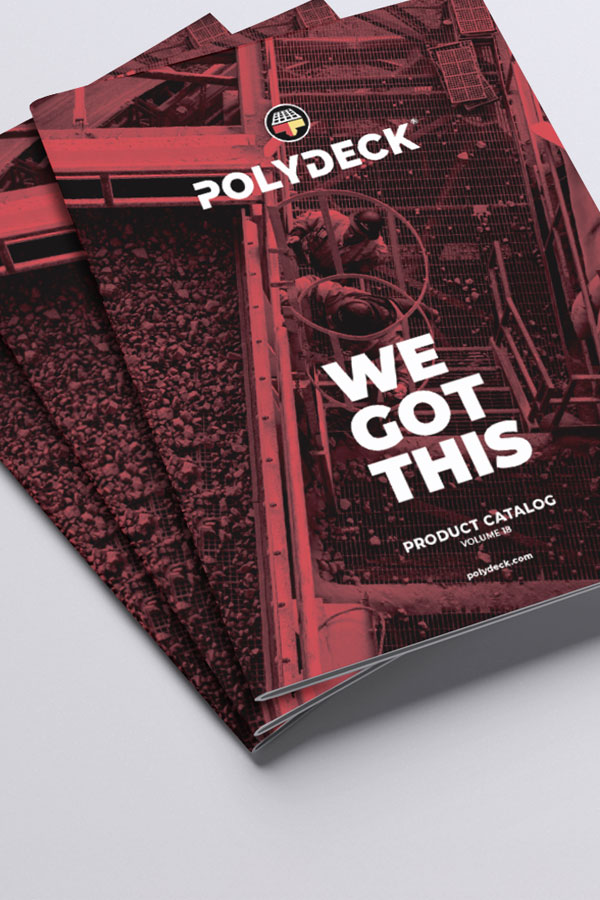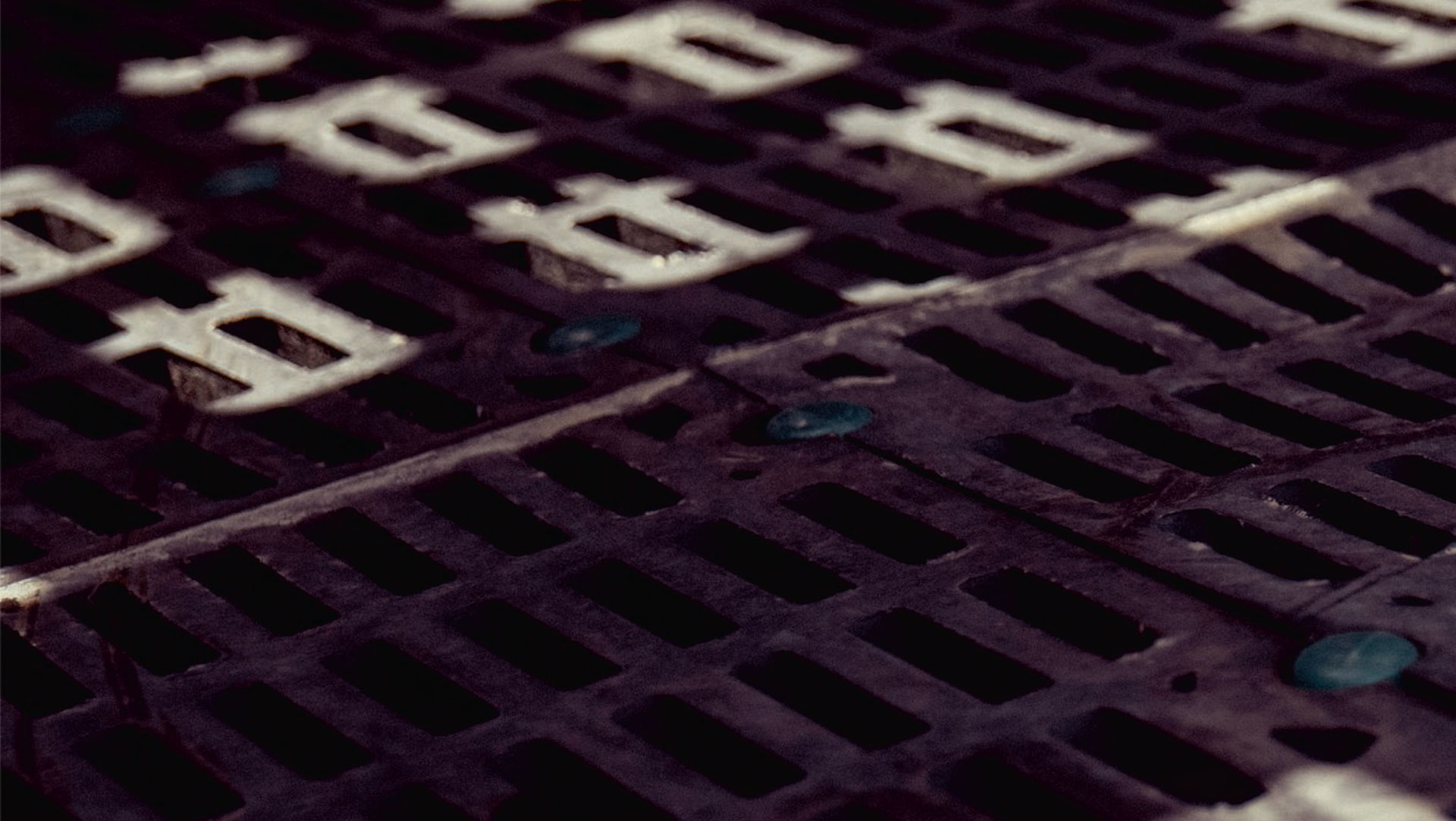

INJECTION MOLDED MODULAR RUBBER SCREEN MEDIA
Designed for resilience and durability.
Our line of injection molded modular rubber media is designed with resilience and durability in mind. Available in multiple rubber formulations, RUBBERDEX️ is perfect for applications where gouging and abrasion are prevalent.
Lasts longer in applications with heavy gouging and abrasion.
Modular form for easy maintenance and safer changeouts.
Injection molded for uniform quality and dimensional consistency.
ULTRAMAX
Up to ~57.6%
1' x 2'
Ultra High Open Area
30mm - 100mm
0.08” – 5.98”
(2mm – 152mm)
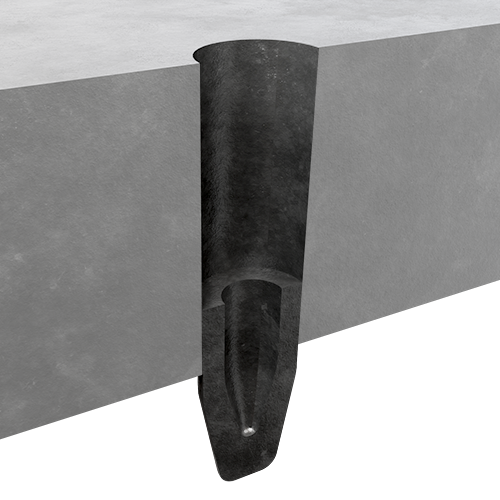 Pin
Pin
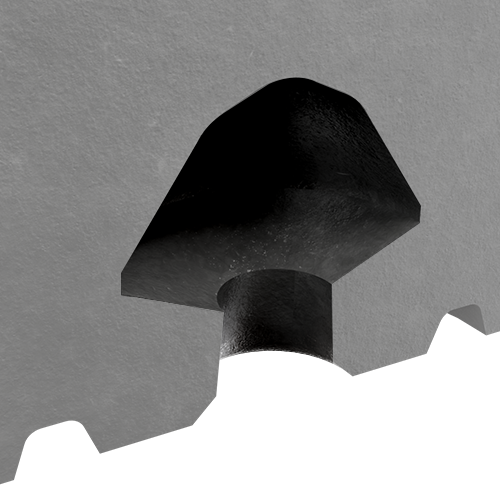 PolySnap®
PolySnap®
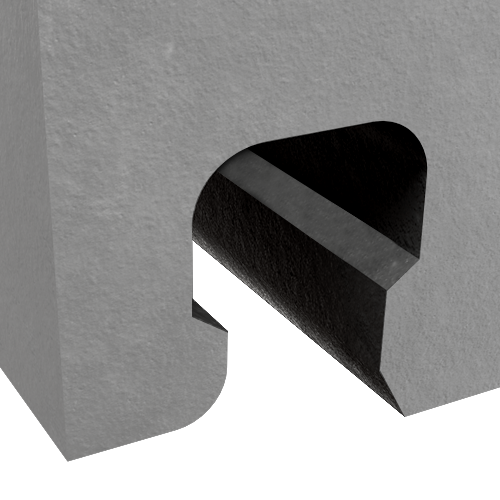 PolyRail™ (2' x 1' only)
PolyRail™ (2' x 1' only) Bolt-Down
Bolt-Down
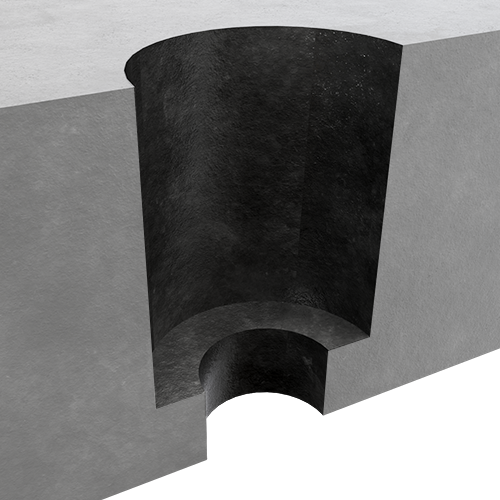 Pin & Sleeve
Pin & Sleeve
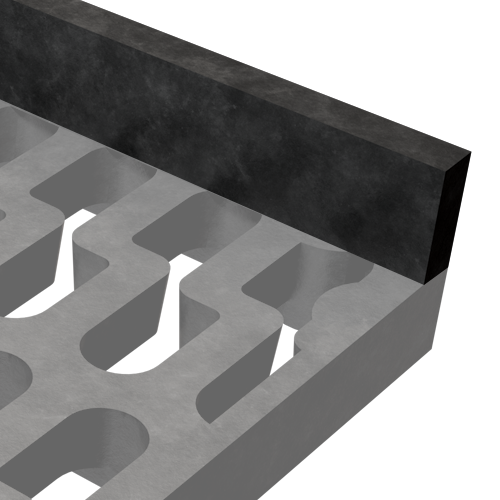 Dams
Dams
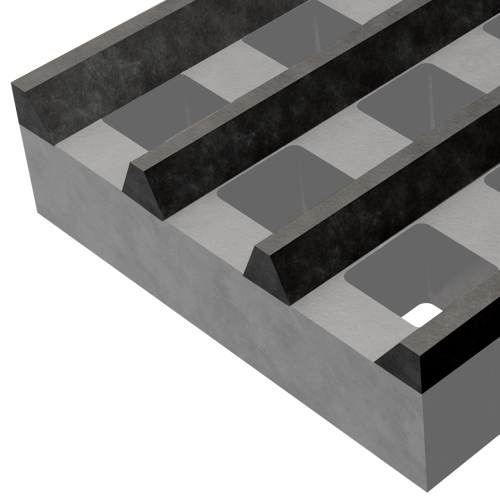 Skid Bars
Skid Bars
DMAX
Up to ~56.2%
1' x 2'
Open Area
30mm - 100mm
0.02” x 0.39” – 7” x 8.5”
(0.5mm x 10mm – 177.8mm x 215.9mm)
0.08” – 5.98”
(2mm – 152mm)
 Pin
Pin
 PolySnap®
PolySnap®
 PolyRail™ (2' x 1' only)
PolyRail™ (2' x 1' only) Bolt-Down
Bolt-Down
 Pin & Sleeve
Pin & Sleeve
 Dams
Dams
 Skid Bars
Skid Bars
MAXI
Up to ~52.4%
1' x 2'
Balanced Wear Life & Open Area
30mm - 100mm
0.02” x 0.39” – 7” x 8.5”
(0.5mm x 10mm – 177.8mm x 215.9mm)
0.08” – 5.98”
(2mm – 152mm)
1.02” – 4.92”
(26mm – 125mm)
 Pin
Pin
 PolySnap®
PolySnap®
 PolyRail™ (2' x 1' only)
PolyRail™ (2' x 1' only) Bolt-Down
Bolt-Down
 Pin & Sleeve
Pin & Sleeve
 Dams
Dams
 Skid Bars
Skid Bars
EOP
Up to ~47.1%
1' x 2'
Wear Life
30mm - 100mm
0.43” – 3.54”
(11mm – 90mm)
0.02” x 0.39” – 7” x 8.5”
(0.5mm x 10mm – 177.8mm x 215.9mm)
0.08” – 5.98”
(2mm – 152mm)
0.39” x 1.57” – 5.55” x 10.04”
(10mm x 40mm – 141mm x 255mm)
3.46” – 9.06”
(88mm – 230mm)
--
--
1.02” – 4.92”
(26mm – 125mm)
 Pin
Pin
 PolySnap®
PolySnap®
 PolyRail™ (2' x 1' only)
PolyRail™ (2' x 1' only) Bolt-Down
Bolt-Down
 Pin & Sleeve
Pin & Sleeve
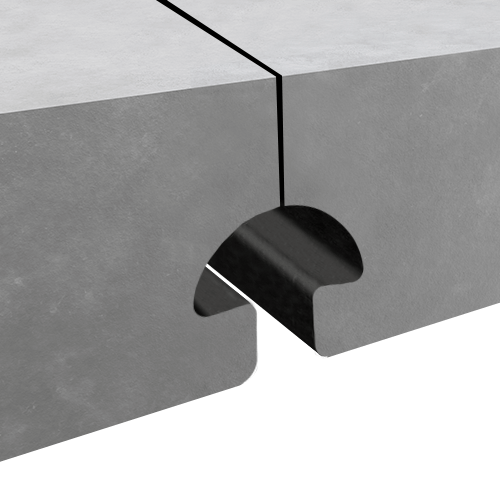 SnapRail™ IS
SnapRail™ IS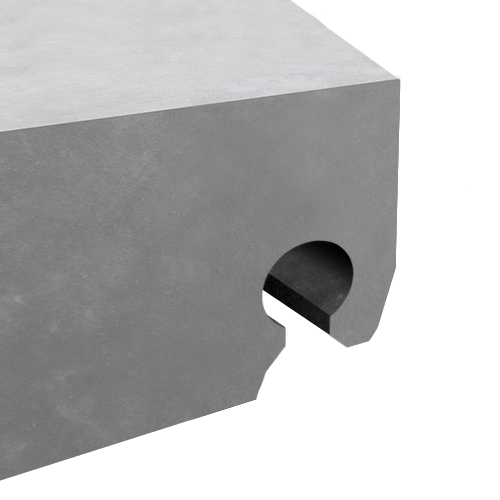 SnapRail™ DX
SnapRail™ DX SnapRail™ SK
SnapRail™ SK Dams
Dams
 Skid Bars
Skid Bars
XTREME
1.3” (35mm) and higher
1' x 2'
Extended Wear Life
50mm - 100mm
1.3" or higher
(35mm or higher)
1.3" or higher
(35mm or higher)
1.3" or higher
(35mm or higher)
--
--
 Bolt-Down
Bolt-Down
 Pin & Sleeve
Pin & Sleeve
We guarantee results.
We stand by the quality and performance of our screen media. That’s why all Polydeck screen media are backed by our risk-free Performance Guarantee.
Discover how the Polydeck Performance Guarantee ensures you hit your production goals.
Join thousands who screen better with Polydeck.
Years In Business
Sites Using Polydeck
Direct Sales Reps
Global Customer Satisfaction


DESIGNED WITH DURABILITY AND RESILIANCE IN MIND.
